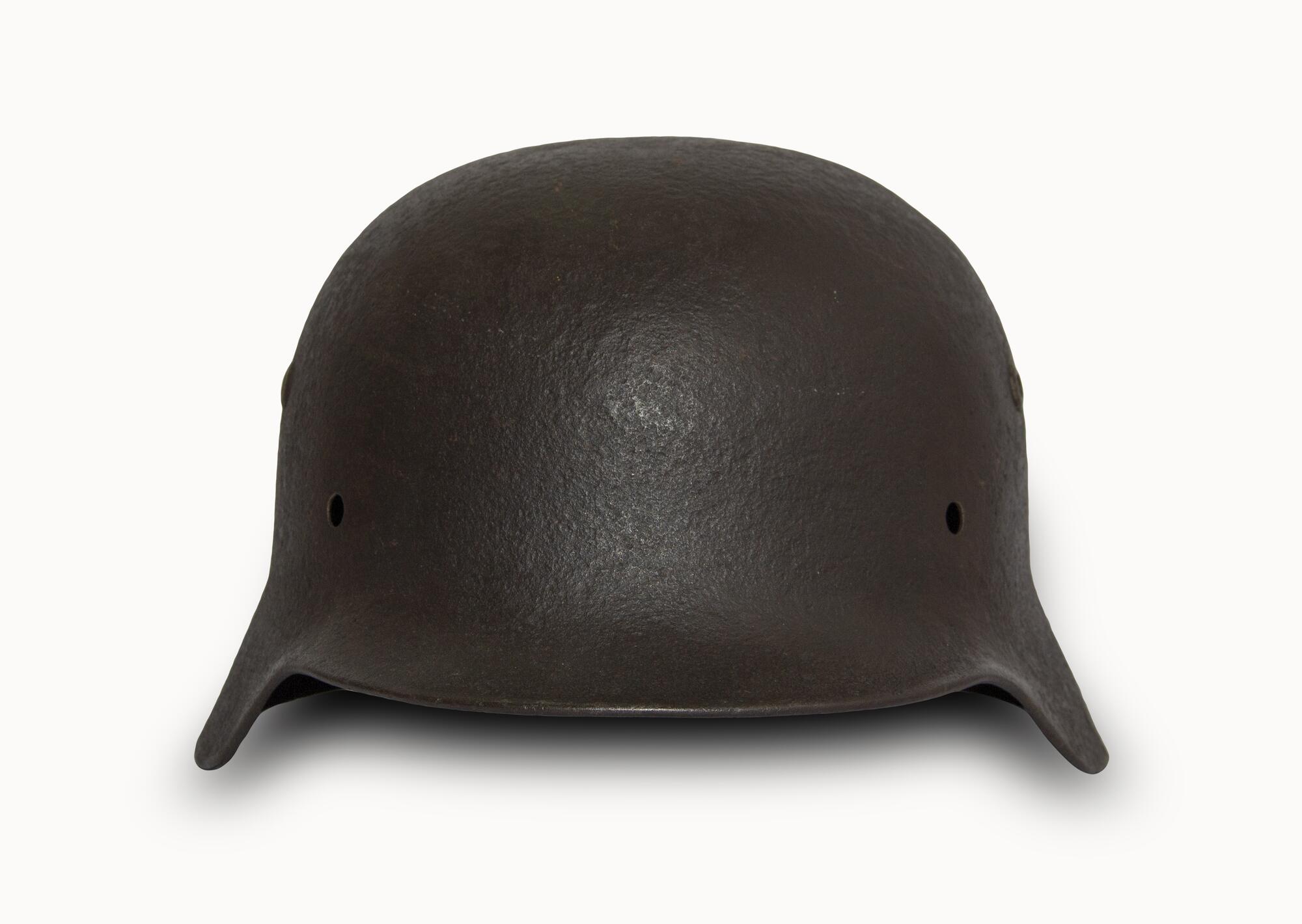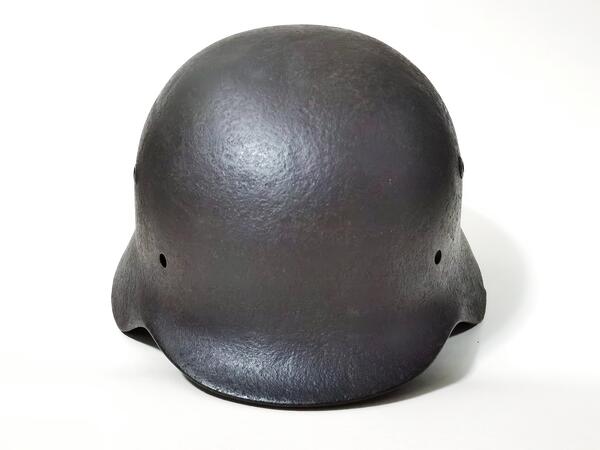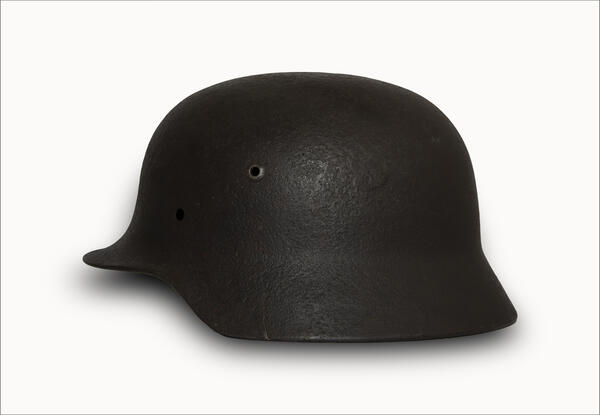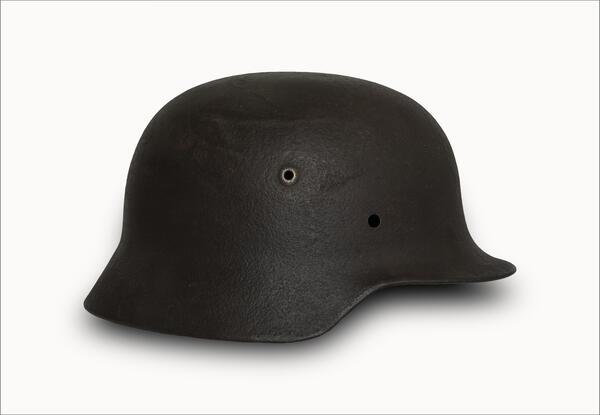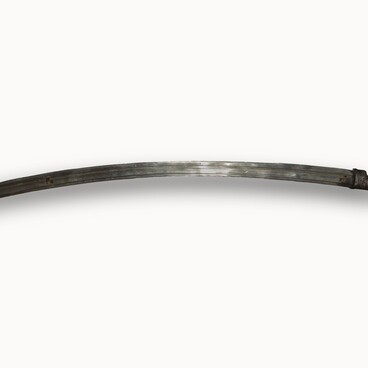The steel “M35 Stahlhelm” was the first helmet adopted by the Wehrmacht — the new German army. It was approved as the standard helmet of the combined armed forces and introduced into service with the Third Reich in 1935.
The M35 was made of alloyed carbon steel with molybdenum. The helmet was able to withstand a pressure of up to 220 kg per square millimeter, offering protection against pistol rounds and fragments of high-explosive shells.
At the same time, the M35 was much lighter than the previous designs (such as the M16), as trench warfare became less popular, and infantry troops needed to have increased mobility. The helmet of the new design protected a smaller area of the forehead and nape, and its edge was higher above the brows and the ears, which was also required by the new combat conditions.
The helmet had a distinctive look that was different from the headgear of any other nation, which helped to identify allies and enemies based on the outline of the helmet. The M35 became the subject of Nazi propaganda. A Wehrmacht soldier was typically depicted with a shadow cast against the face by the rim of a helmet.
In 1940, the production method was changed. Helmets were stamped from a single sheet rather than assembled from individual parts. Molybdenum was replaced by manganese and silicon in the alloy. The new model, known as the M40 Stahlhelm, was cheaper. The next upgrade followed in 1942. Due to the shortage of alloy elements in Germany, ordinary steel was used. The helmet was named the M42 Stahlhelm.
The helmets were manufactured not only for the German army but also for export to its allies. A number of other countries also obtained licenses to produce the M35 Stahlhelm, including Argentina, Hungary, and the Republic of China.
The black helmet from the museum’s collection is the 1935 model. There are no visible damages, holes, or abrasions on the surface. There are no fasteners for the liner. Instead of them, there are only manufacturing holes without signs of deformation. The liner is also missing. The ventilation holes are not deformed or damaged.
The M35 was made of alloyed carbon steel with molybdenum. The helmet was able to withstand a pressure of up to 220 kg per square millimeter, offering protection against pistol rounds and fragments of high-explosive shells.
At the same time, the M35 was much lighter than the previous designs (such as the M16), as trench warfare became less popular, and infantry troops needed to have increased mobility. The helmet of the new design protected a smaller area of the forehead and nape, and its edge was higher above the brows and the ears, which was also required by the new combat conditions.
The helmet had a distinctive look that was different from the headgear of any other nation, which helped to identify allies and enemies based on the outline of the helmet. The M35 became the subject of Nazi propaganda. A Wehrmacht soldier was typically depicted with a shadow cast against the face by the rim of a helmet.
In 1940, the production method was changed. Helmets were stamped from a single sheet rather than assembled from individual parts. Molybdenum was replaced by manganese and silicon in the alloy. The new model, known as the M40 Stahlhelm, was cheaper. The next upgrade followed in 1942. Due to the shortage of alloy elements in Germany, ordinary steel was used. The helmet was named the M42 Stahlhelm.
The helmets were manufactured not only for the German army but also for export to its allies. A number of other countries also obtained licenses to produce the M35 Stahlhelm, including Argentina, Hungary, and the Republic of China.
The black helmet from the museum’s collection is the 1935 model. There are no visible damages, holes, or abrasions on the surface. There are no fasteners for the liner. Instead of them, there are only manufacturing holes without signs of deformation. The liner is also missing. The ventilation holes are not deformed or damaged.
